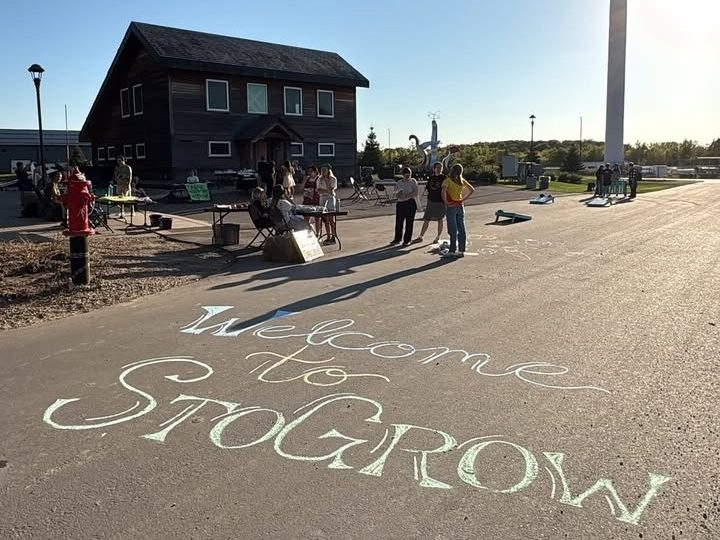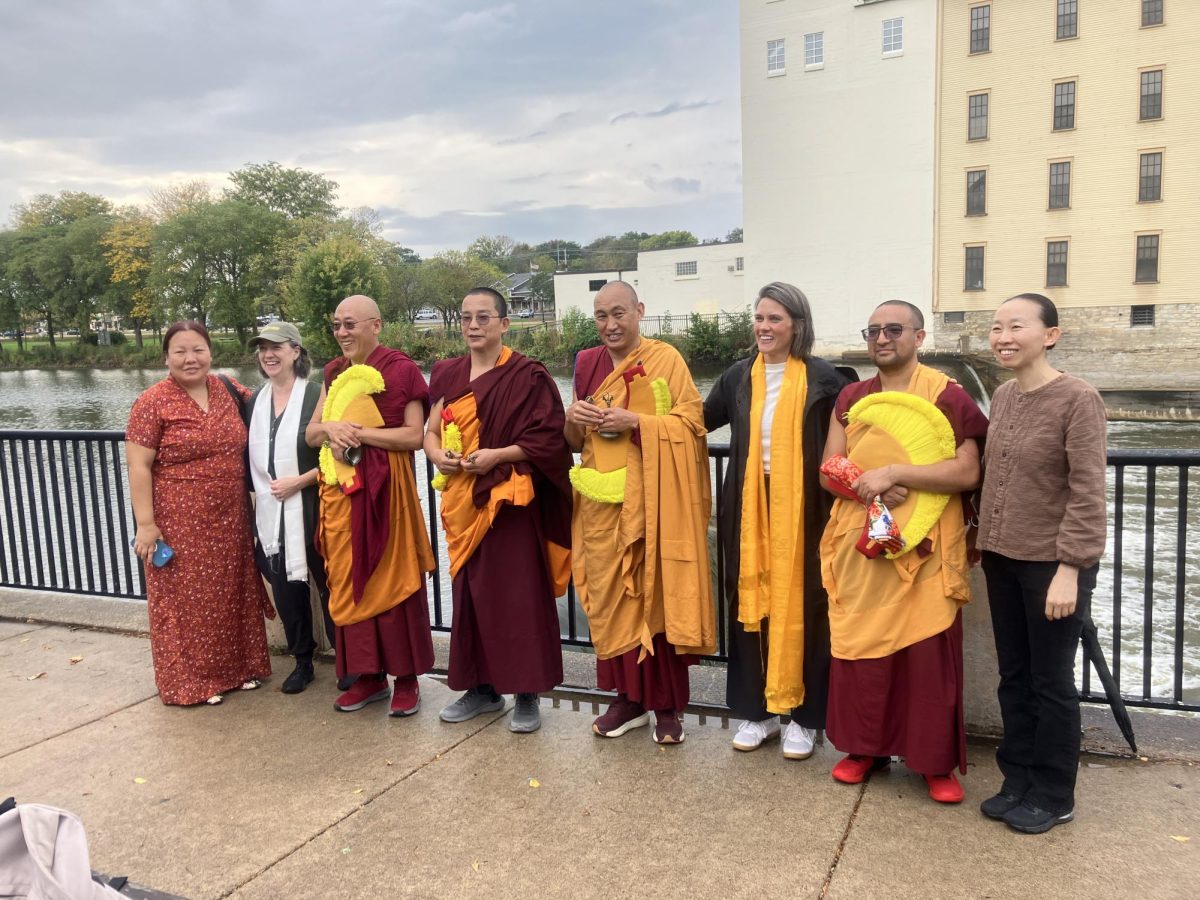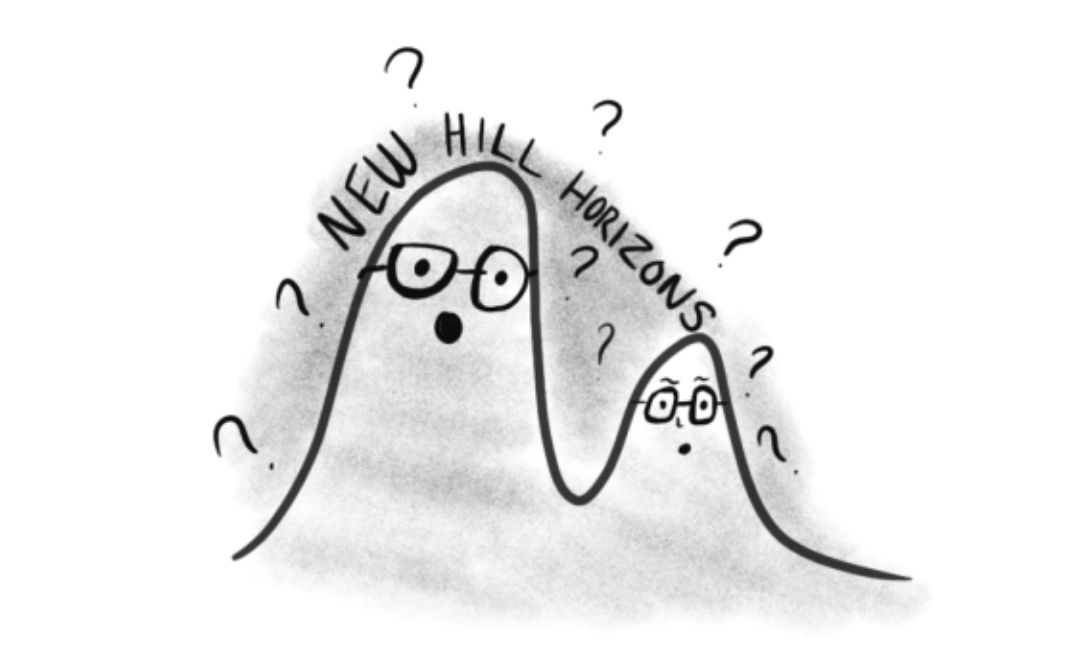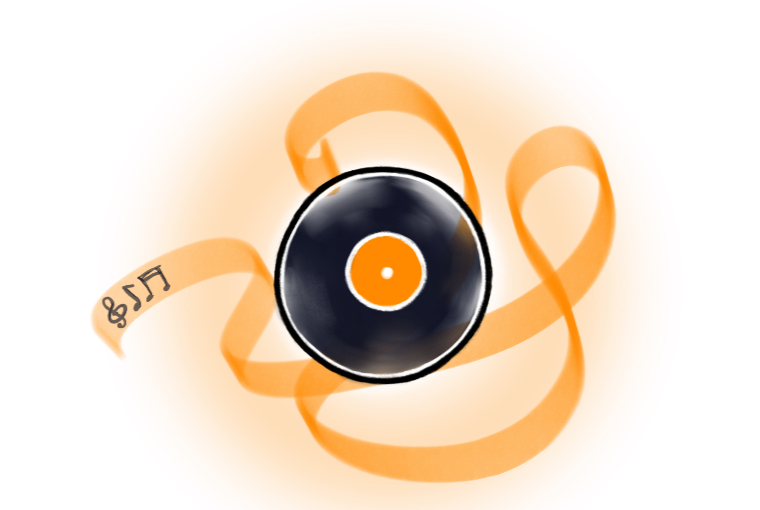Over interim, I participated in “Democracy and the Arts in D.C.,” a course dedicated to learning and discussing all the complex ways that policy from the federal level to local nonprofits shapes the arts and the way the public interacts with them. Over the course of a month, we saw more performances and went to more museums than I had previously thought was humanly possible. We also talked to curators, lobbyists, members of
Congress, directors and artists, among many others. And we somehow found time to get an average of 6.98 hours of sleep a night (not that anyone’s counting).
Of all the wonderful experiences we had, I think the most impactful for me was talking to disability accessibility experts at the Kennedy Center and getting to see the work they do to expand art access. The Kennedy Center is the National Cultural Center of the U.S. and puts on more than 2,000 performances per year for two million visitors.
Each one of these events is required to have a wide range of accessibility features – including captions, American Sign Language performers and audio description – and every organization that works with the Kennedy Center is required to uphold certain minimum disability accessibility policies. They also have staff on hand who are trained to make changes when needed to help make performances accessible to individuals whose needs could not be anticipated.
We spoke with a panel of access experts, including a lawyer, an accessibility consultant and an occupational therapist for about an hour before we broke for dinner and a performance of “My Fair Lady.” It was incredibly refreshing to see an organization that considers accessibility to be central to the work they do.
One of the central characteristics of this attitude is the simple assumption that there will necessarily be disabled audience members and performers at every single event. Many arts organizations assume that “disabled people aren’t coming here anyway,” which is not only extremely unlikely given that disabled people make up 20% of the U.S. population, but would be a major indictment of their programming if it were true. The Kennedy Center has truly made itself a model of what accessibility should look like at arts organizations and where we need to go as a society.
The performance of “My Fair Lady” was exceptional, as were the accessibility features. From where we sat, we could see the caption screens and ASL performers. The captions were not only accurate, but were timed just right so that D/deaf and hearing audience members were laughing at the same time. The ASL performers were seated in the front, and audience members were asked if they had anyone in their party who would be using that service so they could be seated nearby.
All the physical accessibility features were not just present, but were treated as though it was expected that the audience use them: ushers were stationed at the ends of ramps as well as staircases, and nothing was blocked or locked as is so often the case. Everyone benefits from accessibility. It makes our communities stronger and better, and ensures that everyone has equal access to the world.
While the Kennedy Center is often recognized for its exceptional arts programming, it also deserves recognition for the model it is setting for accessibility. We should all strive to follow in the footsteps of the Kennedy Center, and make sure the arts are always fully accessible as a default.





